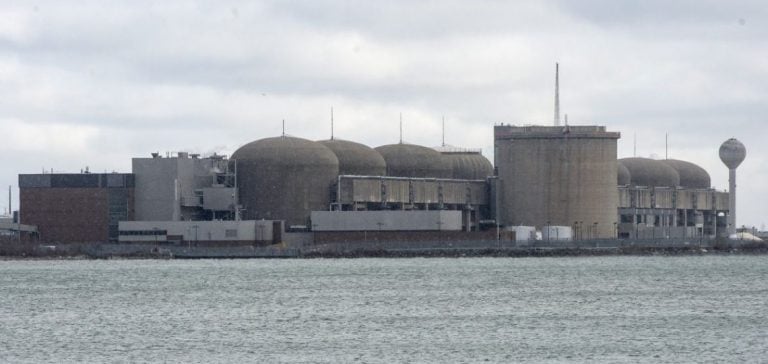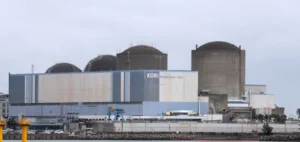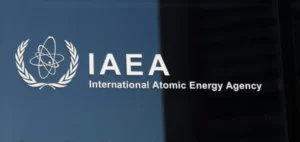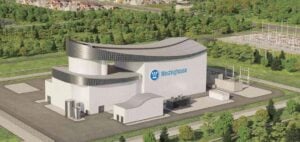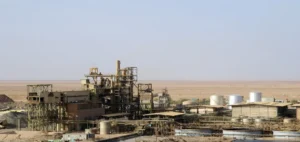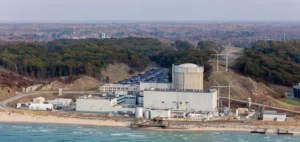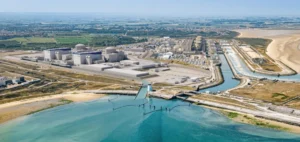Ontario Power Generation (OPG) has received approval from the Canadian Nuclear Safety Commission (CNSC) to extend the operation of Pickering units 5 to 8 until December 31, 2026. This decision allows the units to remain in operation until they are taken offline for refurbishment.
Submissions from OPG, CNSC staff, and 54 intervenors during a public hearing in June 2024 in Pickering were considered by the CNSC before granting the extension. Initially, OPG was authorized to operate the units until December 31 of this year, with a maximum limit of 295,000 equivalent full power hours (EFPH). The modified license increases this limit to 305,000 EFPH and requires OPG to implement an enhanced fitness-for-service program.
The Pickering Nuclear Generating Station consists of two reactor facilities with a total of eight Candu reactor units. Units 5-8, sometimes referred to as Pickering B, began operation between 1983 and 1986. Units 1 and 4, part of the four-unit Pickering A plant which was first commissioned in the early 1970s and was shut down in 1997, underwent refurbishment before returning to service in 2003 (unit 4) and in 2005 (unit 1).
Unit 1 was taken offline on September 30 as planned and will now be dewatered and placed in safe storage. Unit 4 will also be taken offline by the end of December, while OPG continues to plan the refurbishment of units 5-8.
The CNSC’s decision will help meet Ontario’s growing electricity demand, particularly as other nuclear stations in the province undergo refurbishment, OPG said.
“This is another great milestone for Pickering Nuclear and all our station staff, who have worked hard to help Pickering achieve some of its best performance in its history in recent years,” said Steve Gregoris, OPG’s Chief Nuclear Officer.
Plans to refurbish units 5-8 were formalized earlier this year when the provincial government announced its support for the project. OPG’s timeline envisions putting the entire station into a “layup state” in 2026 so that refurbishment activities can begin. All four refurbished reactors will be back online by the mid-2030s.
Additionally, OPG is currently refurbishing four Candu units at its Darlington site, aiming to complete the project by 2026, and is also planning to build up to four BWRX-300 small modular reactors (SMRs) at its Darlington New Nuclear project.
Implications for the energy sector
The extension of the operation of Pickering units 5-8 ensures continuity in nuclear energy production in Ontario, a critical element for the stability of the province’s power grid. This decision comes at a time when the renewal of energy infrastructure is essential to meet the growing need for clean and sustainable energy.
Renovation and technological innovation
OPG’s refurbishment projects include the integration of advanced technologies to enhance reactor efficiency and safety. The implementation of BWRX-300 SMRs at the Darlington site represents a significant step toward modular and flexible energy solutions, tailored to today’s market requirements.
Economic and environmental impact
The continued operation of the Pickering units also contributes to the local economy by maintaining jobs and supporting nuclear-related service providers. Environmentally, nuclear energy remains a low-carbon source, aligned with the province’s greenhouse gas reduction goals.
Future outlook
With the refurbishment of the Pickering and Darlington units, OPG is positioning itself as a key player in Ontario’s energy transition. Continued efforts in innovation and refurbishment will ensure reliable and sustainable energy production for decades to come.

